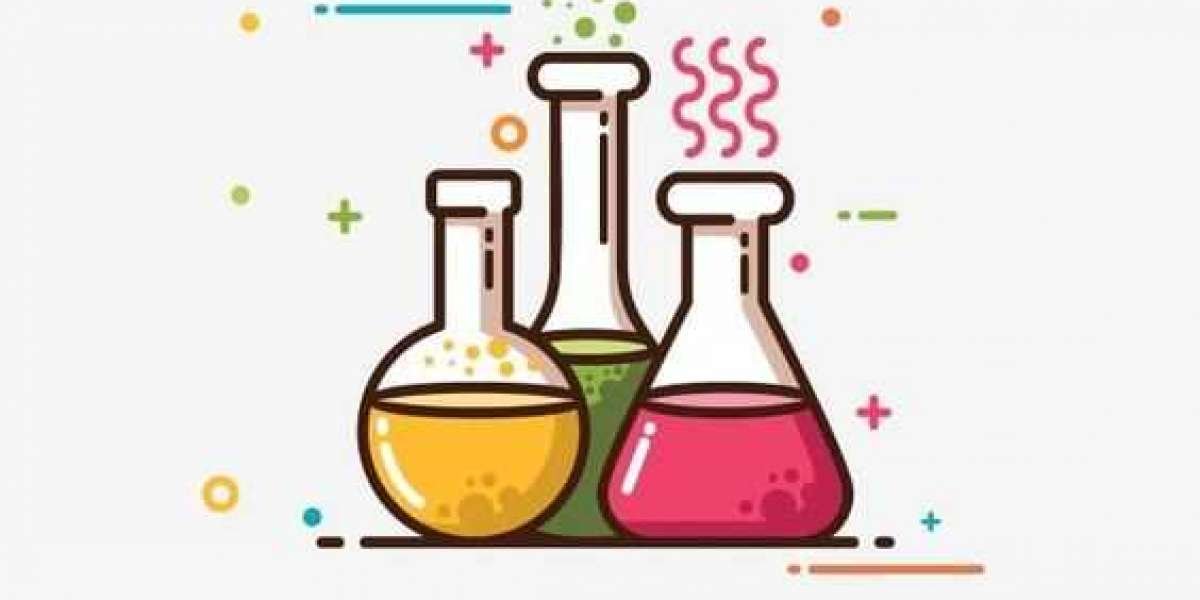Polyvinyl chloride is a popular thermoplastic that's odorless, solid, brittle, and generally white in color. It's currently ranked as the third most widely used plastic in the world (behind polyethylene and polypropylene). Polyvinyl chloride is most commonly used in plumbing and drainage applications, although it's also sold in the form of pellets or as resin in its powder form.
Uses of Polyvinyl chloride
The use of Polyvinyl chloride is predominant in the home construction industry. It's regularly employed as a replacement or alternative for metal pipes (especially copper, galvanized steel, or cast iron), and in many applications where corrosion can compromise functionality and escalate maintenance costs. In addition to residential applications, Polyvinyl chloride is also used routinely for municipal, industrial, military, and commercial projects.
FEATURED VIDEO
Is Polyvinyl chloride Piping Dangerous?
In general, Polyvinyl chloride is much easier to work with than metal pipe. It can be cut to the desired length with simple hand tools. Fittings and pipe conduits do not have to be welded. Pipes are connected with the use of joints, solvent cement, and special glues. Another advantage of Polyvinyl chloride is that some products to which plasticizers have been added are softer and more flexible, as opposed to being rigid, making them easier to install. Polyvinyl chloride is also widely used in both flexible and rigid forms as insulation for electrical components such as wire and cable.
In the healthcare industry, Polyvinyl chloride can be found in the form of feeding tubes, blood bags, intravenous (IV) bags, parts of dialysis devices, and a host of other items. It should be noted that such applications are only possible when phthalates—chemicals that produce flexible grades of Polyvinyl chloride and other plastics—are added to the Polyvinyl chloride formulation.
Common consumer products such as raincoats, plastic bags, children's toys, credit cards, garden hoses, door and window frames, and shower curtains—to name just a few things you'll likely find in your own household—are also made from Polyvinyl chloride in one form or another.
How Polyvinyl chloride is Made
While plastics are certainly a manmade material, the two main ingredients that go into Polyvinyl chloride—salt and oil—are organic. To make Polyvinyl chloride, the first thing you have to do is separate ethylene, a natural gas derivative, from what's known as "the feedstock." In the chemical industry, petroleum is the feedstock of choice for numerous chemicals, including methane, propylene, and butane. (Natural feedstocks include algae, which is a common feedstock for hydrocarbon fuels, along with corn and sugarcane, which are both alternative feedstocks for ethanol.)



